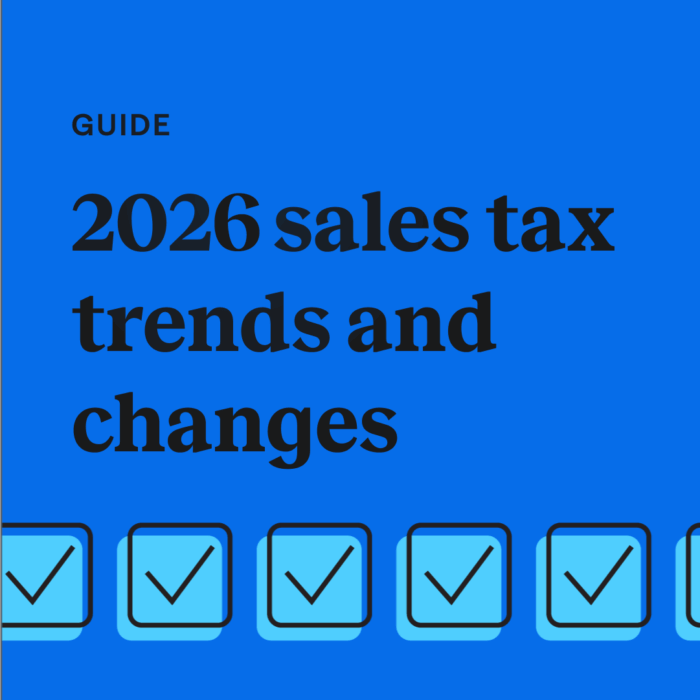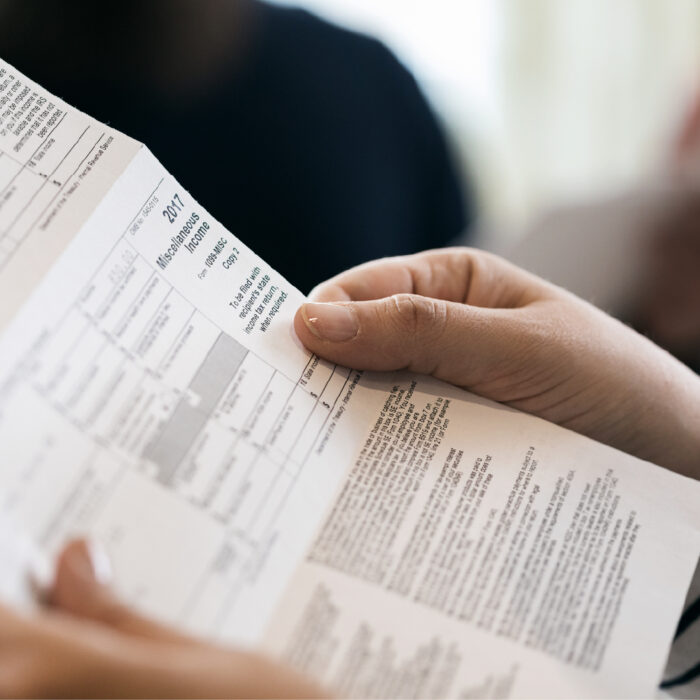How to handle sales tax and refunds
by January 13, 2025
Like it or not, returns are a fact of life for e-commerce businesses. In fact, a study from Shopify found that about 20% of e-commerce purchases are ultimately returned, with that number surging up to 50% for high dollar items.
Issuing a refund to your customer also means refunding the sales tax you collected from them. As an online retailer, you could be forgiven for thinking that all you need to do next to handle a sales tax refund is to claim a credit on your next sales tax return.
Sadly, as with most things sales tax related, reality is a little more complicated. This post will look at how to handle refunds on your sales tax returns.
How states want e-commerce businesses to handle sales tax refunds
Let’s take this common scenario we often hear from sellers:
“I refunded sales tax to a customer, but I already filed the sales tax return for the period where I sold the product to that customer. So I’ll just claim the sales tax back on my upcoming sales tax return.”
Seems like common sense, right? Well, many states have a different point of view. (And one that sounds like common sense to them.)
When you refund sales tax to a customer for a previous taxable period, states want you to file an amended return for that previous taxable period. You can then claim the credit back (i.e. the amount of sales tax you refunded) on that amended return. The state will likely add this amount as a credit toward a future sales tax payment.
Why do some states want you to file an amended return rather than just take a credit on the next return? It’s mostly due to one thing: sales tax rates change – a lot.
States want to ensure that the credit you take for refunds equals the amount of sales tax you charged your customer. If a sales tax rate went up 1% between the period where you filed sales tax and the period where you took a credit, you would be credited an extra 1% for each sale. After awhile, or if you’re a high volume seller, these numbers add up to lots of dollars and cents. States are all about collecting the right amount of revenue and ensuring something like this doesn’t happen on a grand scale.
Let’s look at a (highly simplified!) example:
Raphael’s Fine Furniture sells a dining room set to a couple in Chicago during Q2 and charges them $50 in sales tax. When the accounting department at Raphael’s files their Illinois sales tax return, they remit that $50 to the state of Illinois.
But, alas, the customers find a table and chairs they like better and take advantage of RFF’s generous 90-day return policy to return the set during Q3. The couple is refunded the original amount they paid, plus the sales tax.
However, between the time the couple made their initial purchase and when they returned it, the sales tax rate in Chicago changed.
The simple thing would be for the accounting department at Raphael’s Fine Furniture to simply take a $50 credit on their Q3 sales tax filing. However, the state of Illinois would not approve of that move.
Instead, what the accounting department should do is file an amended Q2 sales tax return and take the $50 credit there.
Why? Since the sales tax rate changed between Q2 and Q3, if the accountants at Raphael’s claimed a credit for Q3 (rather than Q2, when the actual sale was made and the sales tax was charged) then they would actually be under- or over-credited for the sales tax return.
While this may not seem like such a big deal on $50, this can become a huge problem for a high volume seller.
For example, if the sales tax rate went up between the time a buyer made a purchase and that buyer returned it, then the state’s system would end up issuing Raphael’s Fine Furniture a credit for more than they are actually owed.
But if the sales tax rate went down between the time a buyer made a purchase and that buyer returned it, then the state would end up issuing Raphael’s Fine Furniture too little, meaning that RFF is now out the amount of sales tax they are rightfully owed by the state.
To sum it up
To break it down, states want you to claim sales tax you refunded to a customer on an amended return for two reasons:
- To ensure they get the exact amount of sales tax you collected (or credit you the exact amount you refunded)
- To prevent fraud (believe it or not, people have been known to try and game this system)
Also keep in mind that some states – usually those with uniform tax rates across the whole state, or with simple returns, will allow you to claim a credit on a current return rather than filing an amended return. When in doubt, check with your state’s department of revenue.
How to file an amended sales tax return
So you understand the state’s point of view, but you have returns and want to file an amended sales tax return.
Fortunately, most states allow you to simply login to your state’s taxing authority and amend a previous return. Some states, though, may require that you fill out your amended return via paper. As with anything sales tax related, each state will have their own laws, rules and regulations. You can find links to your state’s department of revenue, and contact info if you have questions about filing amended returns, here.








